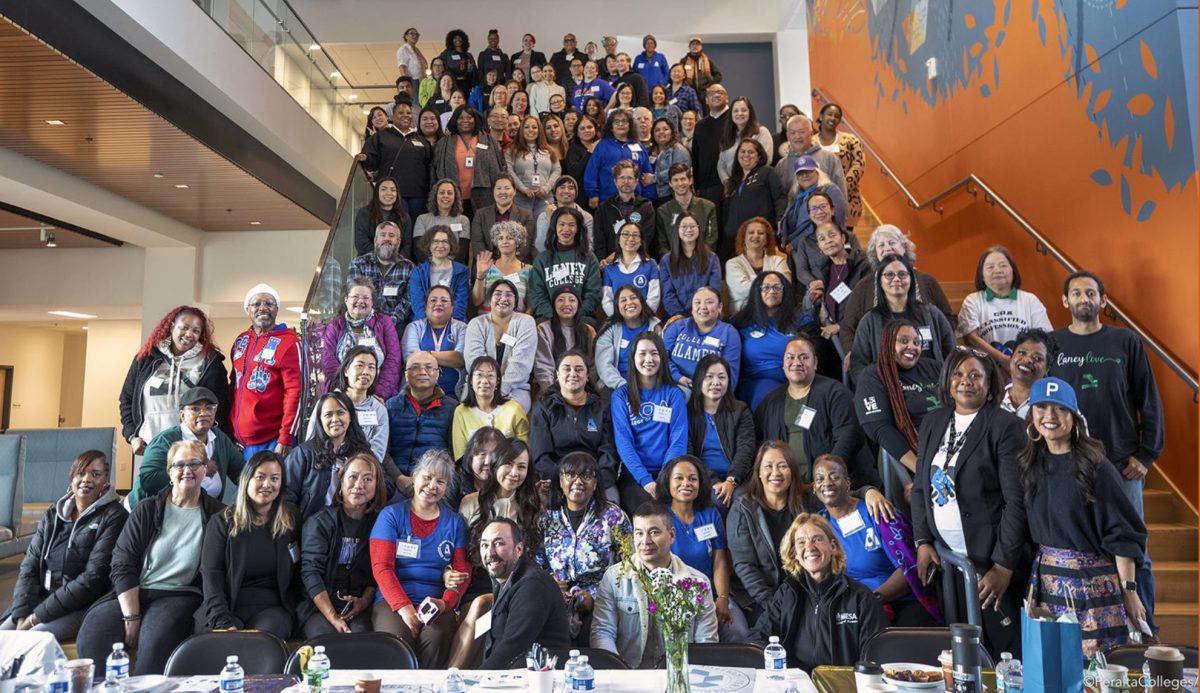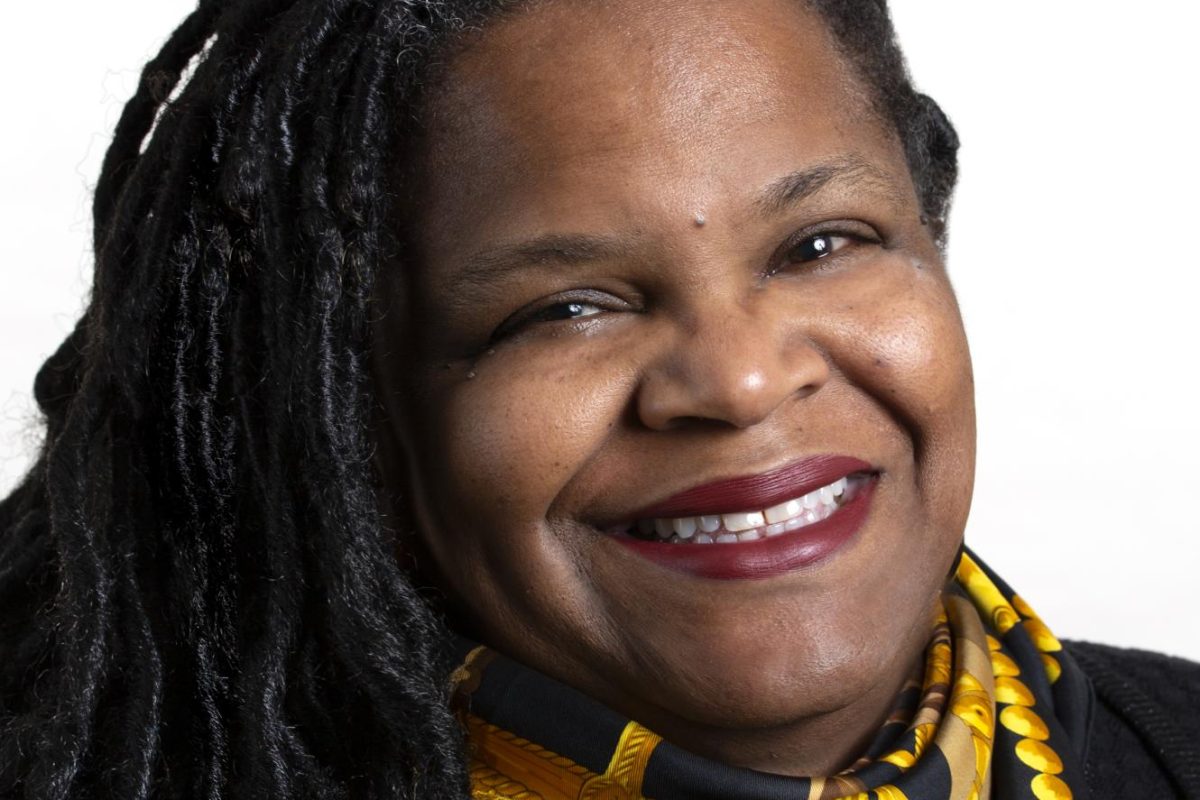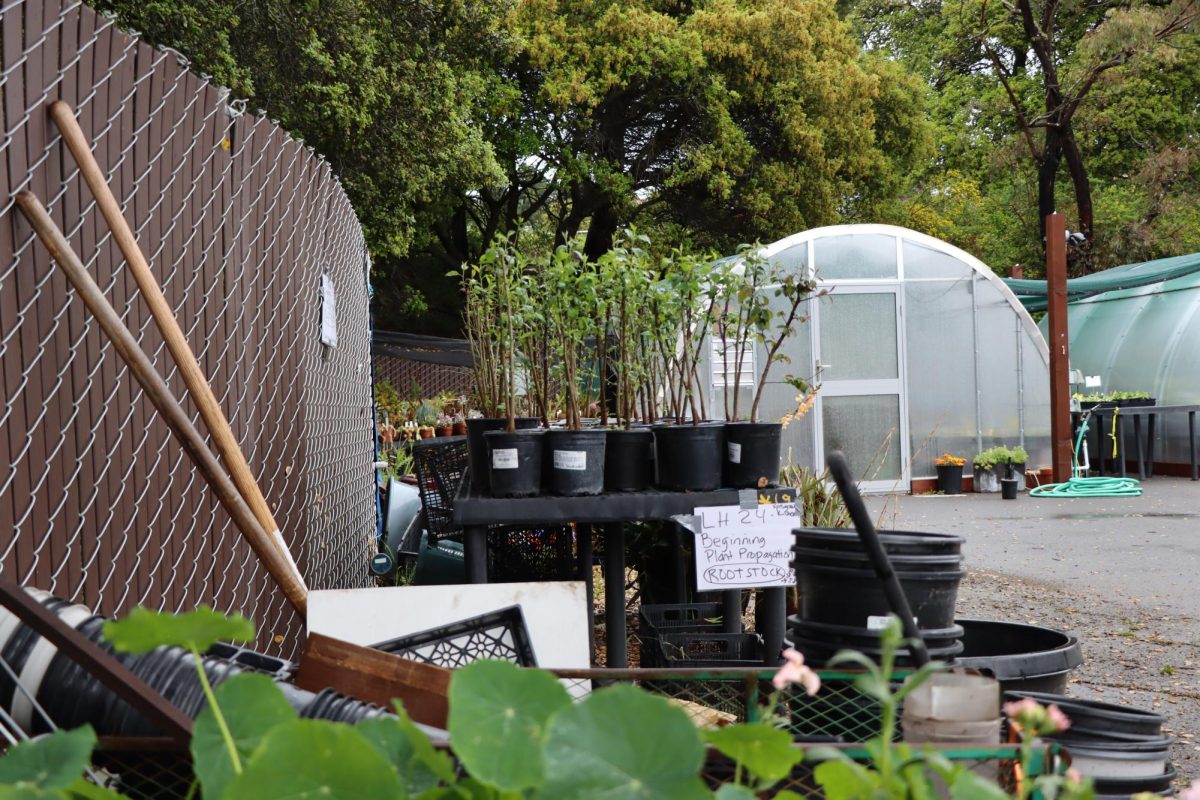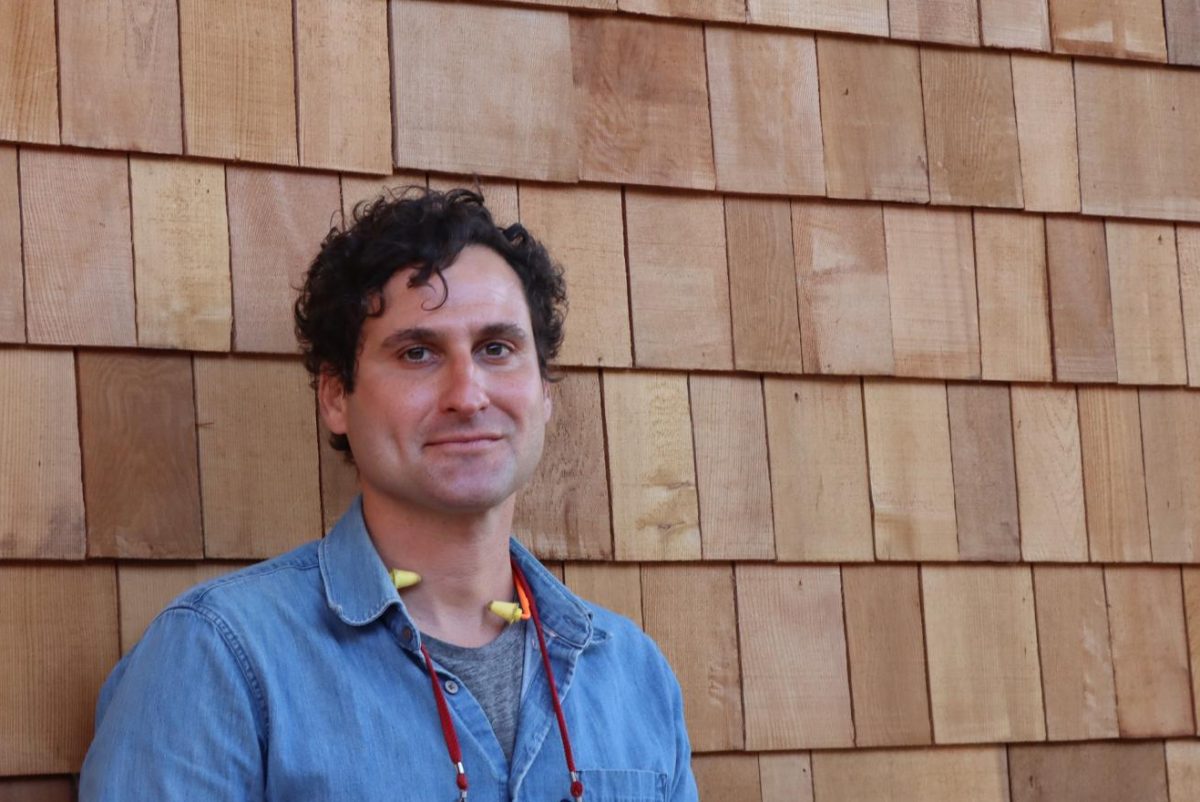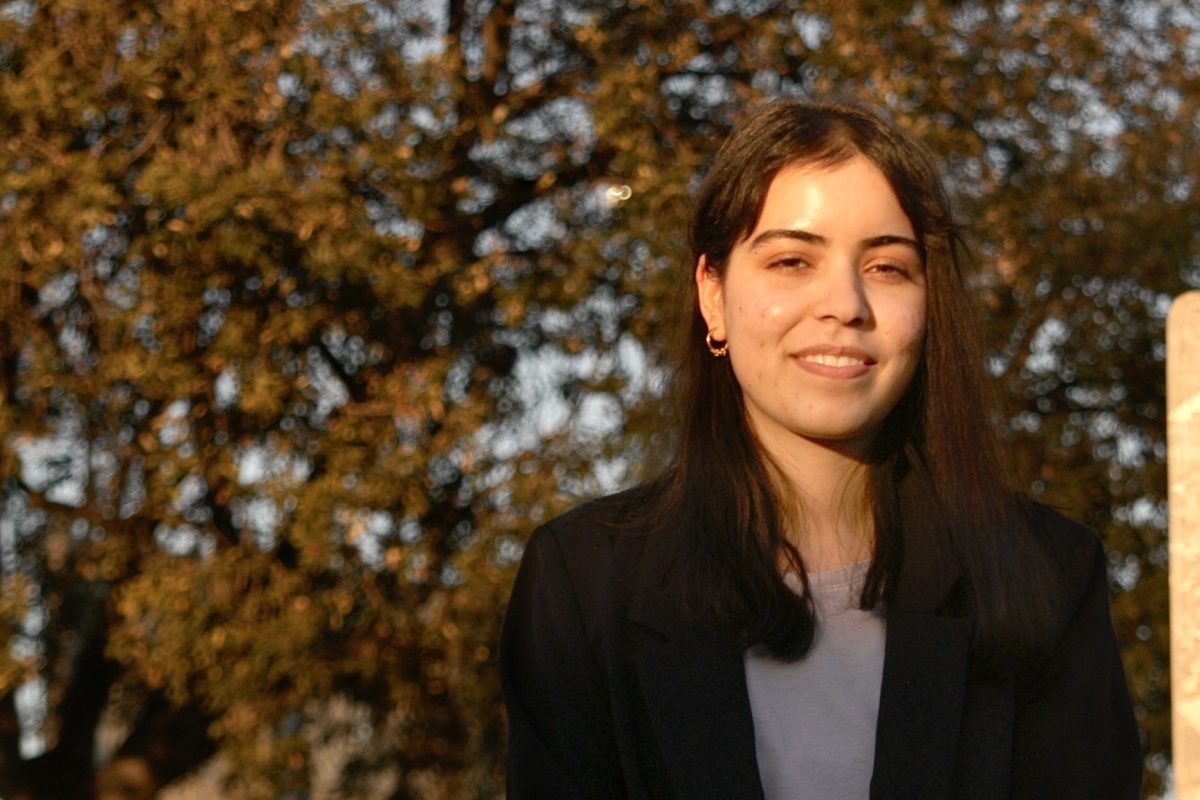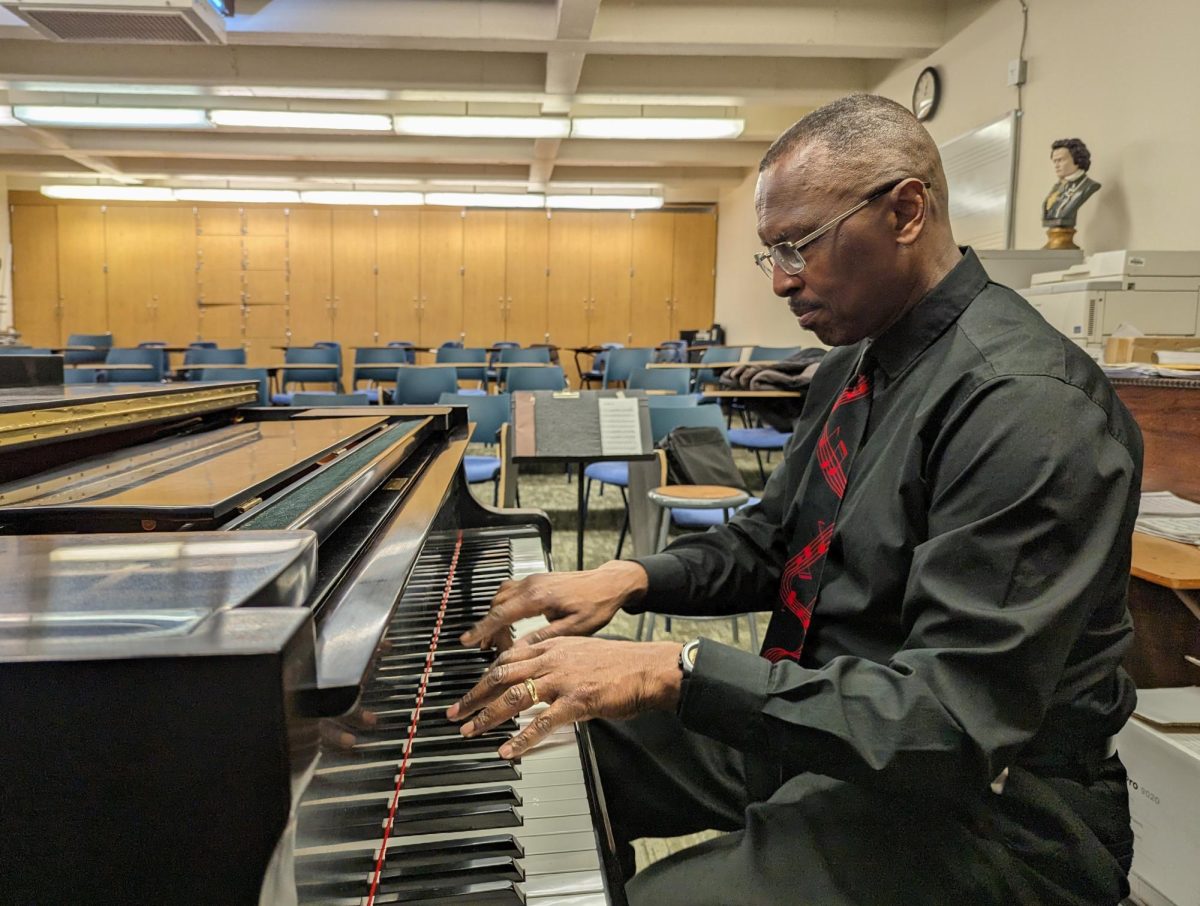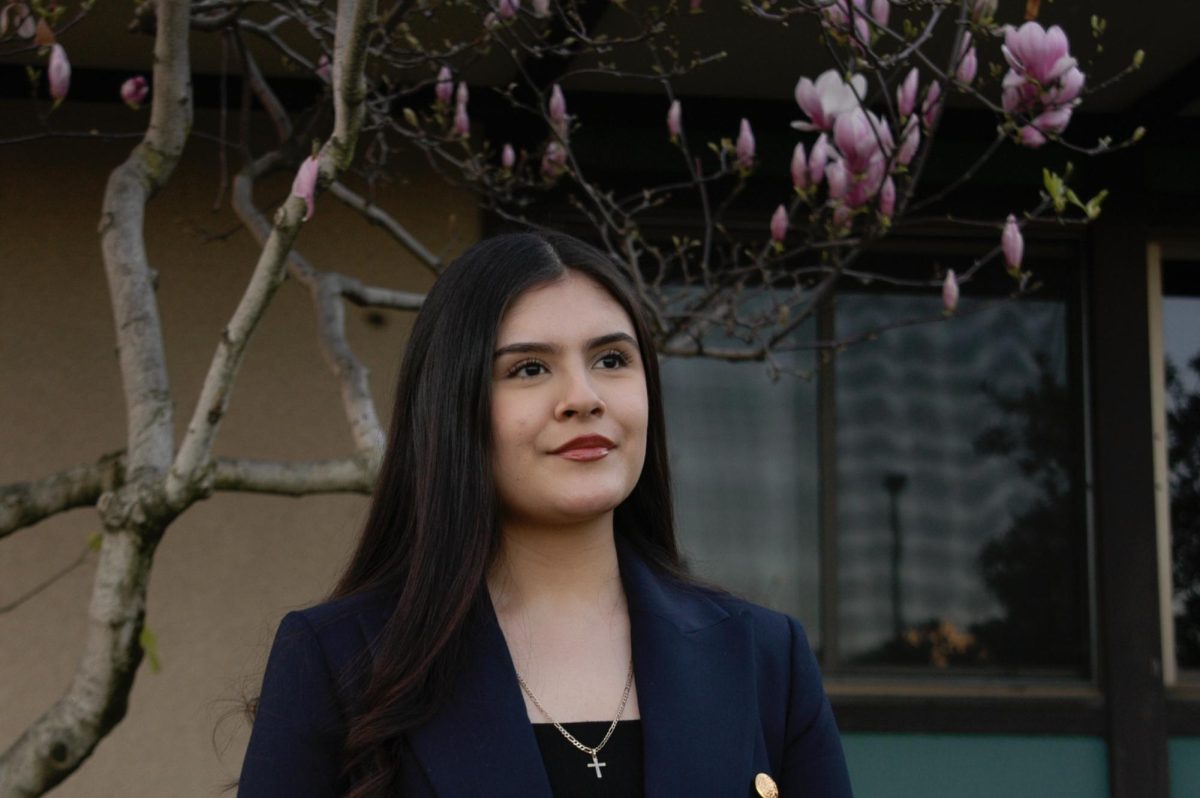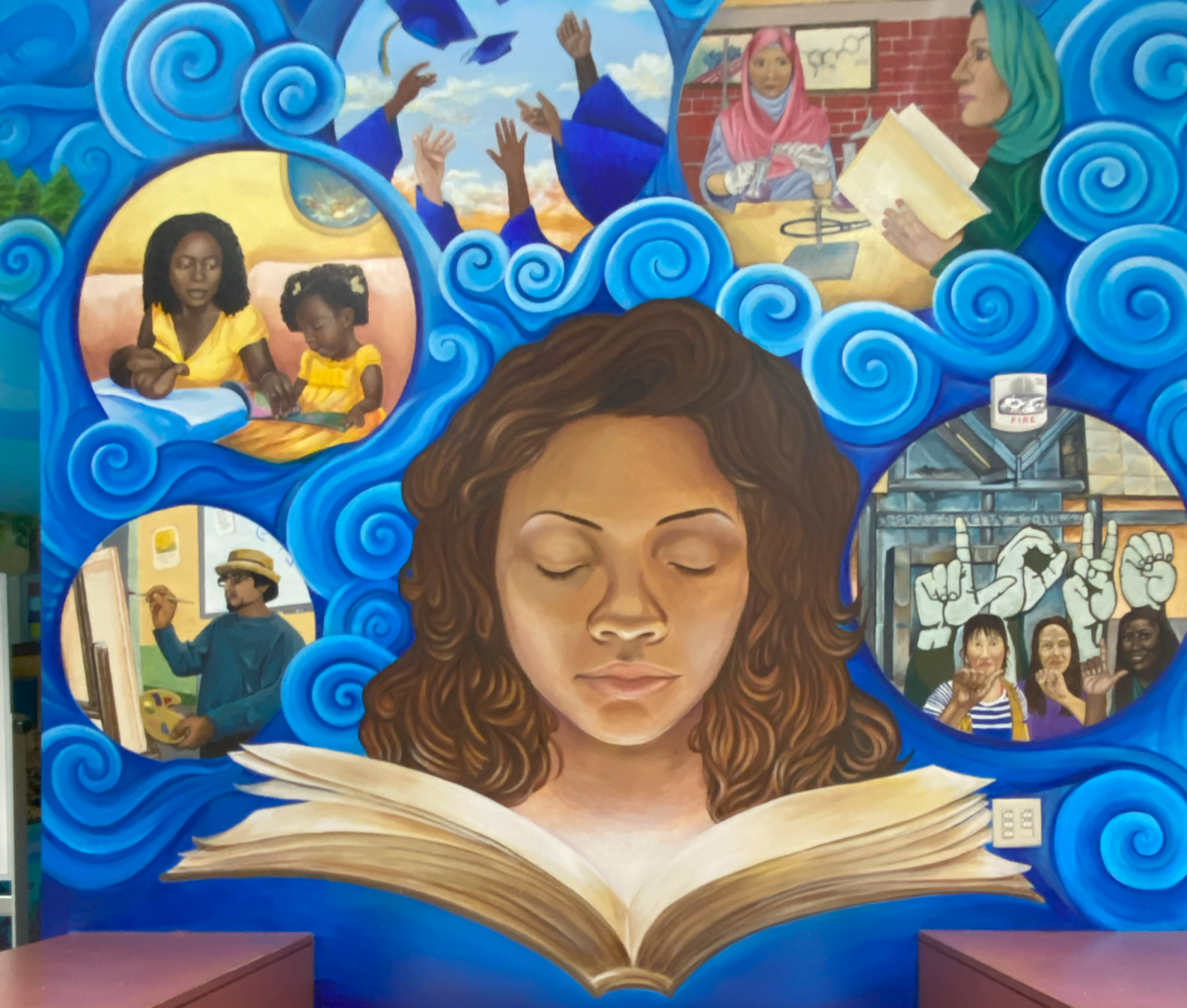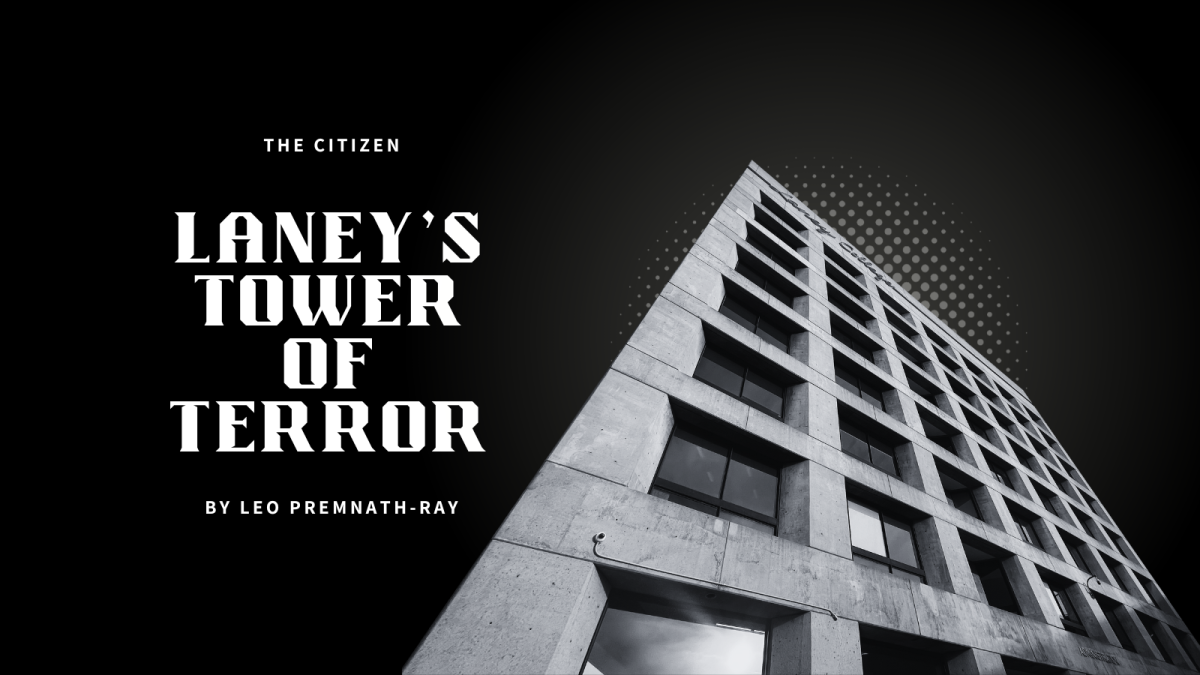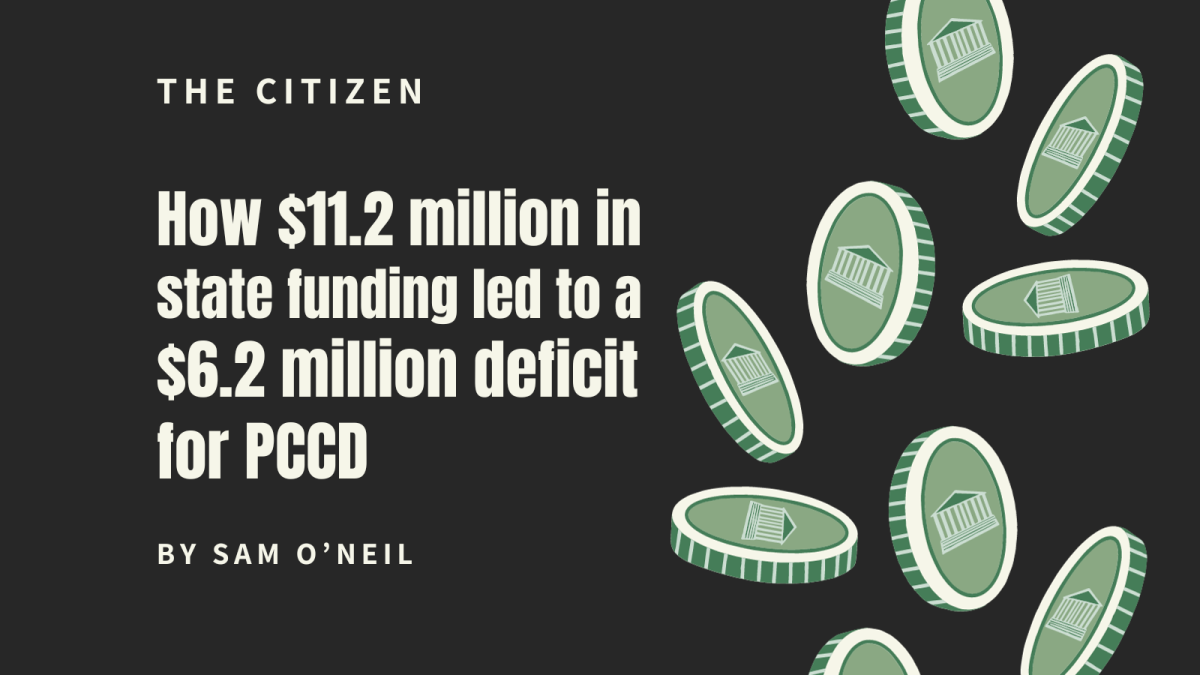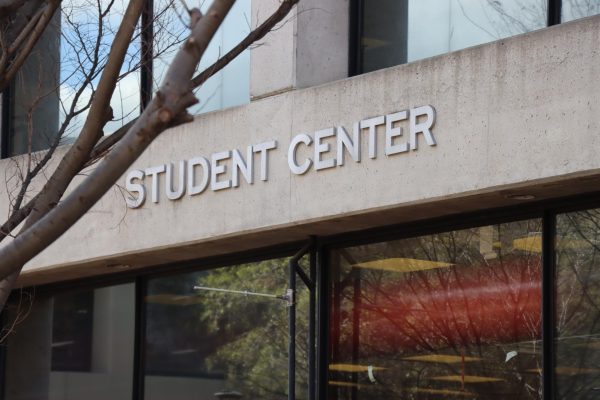by Tower co-editor Michelle Snider
In a time when wealthy parents can spend huge sums to get their unqualified children into universities, community college students are struggling for the basic means to survive.

Thirty percent of Peralta students experience homelessness, according to a spring 2017 Peralta Community College District report on student food and housing survey authored by Vanessa Mercado, EdD, MPH.
In an email sent to students enrolled in the spring of 2017, 42 questions were asked, and 693 students from the four Peralta college campuses responded.
The survey asked students about access to food, eating habits, living situations, available resources and college experience. The results suggest that, on average, more than 25 percent of Peralta students experienced homelessness in the year prior to taking the survey.
Housing insecurity was highest among students 25–29, according to the survey, but the biggest determining factor was race.
Nine out of 10 African Americans (93 percent), Native Americans (92 percent) and multiracial (90 percent) students reported housing insecurity, while 85 percent of Latino students were also at risk.
The campus-by-campus breakdown of homelessness ranges from about 25 percent at College of Alameda and Merritt College, 28 percent at Laney College, and over 32 percent at Berkeley City College.
Of those who confirmed experiencing homelessness, about four percent of students reported staying in a shelter during this time, while 14 percent had stayed in an abandoned building, auto, or other place of refuge. Almost six percent had been evicted by a landlord, but about 10 percent had been thrown out by someone in their former household.
The survey also reported that 60 percent of students had the highest levels of food insecurity. The levels of food insecurity were surveyed based on a score, 0 being the highest level of security and 5–6 being the lowest.
Six in 10 students reported that the food they bought did not last when they did not have money to get more, and nearly seven in 10 reported that they could not afford to eat balanced meals.
Nearly half of students surveyed said that they had experienced hunger but did not eat because there was not enough money for food at some point in the last year.
According to the report, the effects of housing and food insecurities among Peralta students did not severely affect their GPA, but it did make their academic path more challenging.
Of those who responded with food and housing insecurities, 57 percent dropped a class or more due to food insecurity, and 54 percent dropped at least one class due to housing insecurity.
The report suggested solutions included investing in cross-sector collaboration of services. Other suggestions included hiring case managers and training existing staff to serve as a single point of contact (SPOC) for food and housing insecure students.
A third suggestion is one that most Peralta campuses have already established, an “emergency-relief” initiative (also known as a food pantry).
According to KQED News, a new report released this month by the “Hope Center for College, Community and Justice at Temple University in Philadelphia” revealed half of California’s community college students have experienced hunger in the last year, and 60 percent have faced housing insecurity. Although many of the students are working, 19 percent of the state’s 2.1 million community college students have experienced homelessness in a year’s time.
Laney faculty and staff are doing their best to reach students with available resources for housing and food, said Laney President Tammeil Gilkerson.
The new Safe Car Parking Program space at the William Chapel Baptist Church, put together by The Interfaith Council of Alameda County (ICAC), is a temporary solution, and not a real fix, she said.
“Homelessness and housing insecurity is such a large issue, not just for Laney but for our city and region,” Gilkerson said. “It’s the number one issue with our mayors up and down the west coast. It’s so expensive to live here, the reality is really hard.”
Gilkerson is hoping Laney will be selected to host the next #RealCollege Conference on basic needs next December. #RealCollege is a national movement created by the Hope Center for College, Community and Justice, according to their website realcollege.org. The organization convenes annually and collects data on student challenges.

